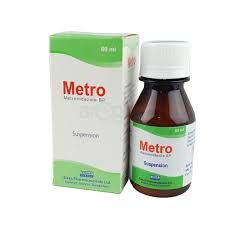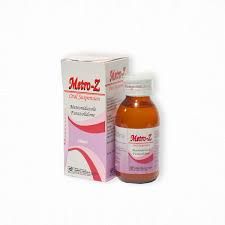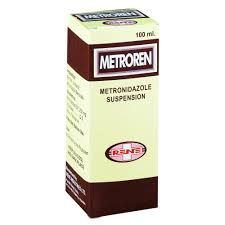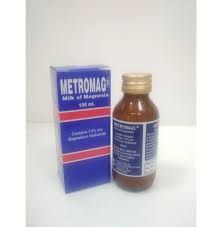Metro Syrup is a pharmaceutical formulation that contains Metronidazole and Norfloxacin, used primarily for treating infections caused by bacteria and protozoa. This syrup is particularly effective in managing gastrointestinal infections and other conditions where these pathogens are involved.
Key Ingredients
- Metronidazole: An antibiotic effective against anaerobic bacteria and certain protozoa, it works by damaging the DNA of these organisms.
- Norfloxacin: A fluoroquinolone antibiotic that inhibits bacterial DNA synthesis, making it effective against a broad spectrum of gram-negative bacteria.
Indications
Metro Syrup is indicated for:
- Diarrhea and Dysentery: Particularly useful in treating infections caused by Entamoeba histolytica and other pathogens.
- Gastrointestinal Infections: Effective against various bacterial infections affecting the digestive tract.
- Urinary Tract Infections (UTIs): Treats UTIs caused by susceptible bacteria.
Dosage and Administration
- Recommended Dosage: The dosage may vary based on the specific condition being treated. It is essential to follow the healthcare provider's instructions or the dosing guidelines on the product label.
- Administration Instructions: Shake the bottle well before use. Measure the prescribed dose using a measuring spoon or cup. It can be taken with or without food.
Side Effects
Common side effects may include:
- Nausea and vomiting
- Diarrhea or constipation
- Abdominal pain or discomfort
- Dry mouth or metallic taste
Serious side effects can include:
- Allergic reactions (e.g., rash, swelling)
- Neurological symptoms such as seizures or peripheral neuropathy
- Liver dysfunction (e.g., jaundice)
Precautions
- Contraindications: Avoid use in individuals with known hypersensitivity to metronidazole, norfloxacin, or any other components of the syrup.
- Pregnancy and Breastfeeding: Consult a healthcare provider before use if pregnant or breastfeeding.
- Drug Interactions: Inform your healthcare provider about all medications you are taking to avoid potential interactions.




